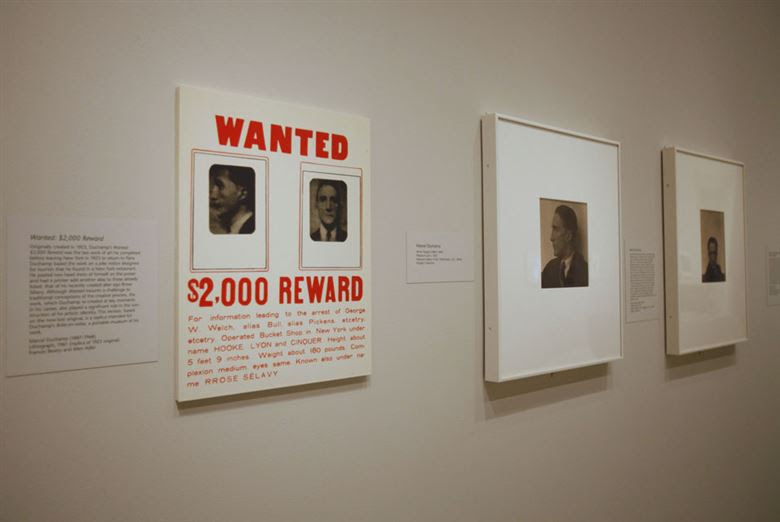Is Art Writing a Spectator Sport?
From the stadium to the gallery, both attempt to invoke a sense of extreme concentration
From the stadium to the gallery, both attempt to invoke a sense of extreme concentration
In 1969, John McPhee wrote a whole book, Levels of the Game, about a single tennis match: the semi-final of the 1968 US Open between Arthur Ashe and Clark Graebner. Ashe, the first African American to play for the US team in the Davis Cup, was born in 1943 in Virginia to a working-class family and was exposed to the sport through a junior development programme. Graebner, his exact contemporary, was born in Ohio. Middle-class and white, Graebner was the only son of a homemaker and a doctor who had himself played tennis in his youth. Writing about a single game allows these contradictions – race, class – to be contained and provides McPhee with a narrative device. Years later, in his book about writing, Draft No. 4 (2017), McPhee described how, at the time, he had been working on numerous profiles and wanted to explore the idea of a dual or a group profile. Instead, he wrote a book about a nation.
The book begins with a description: ‘Arthur Ashe, his feet apart, his knees slightly bent, lifts a tennis ball into the air. The toss is high and forward.’ The next paragraph opens: ‘On the other side of the net, the serve hits the grass and, taking off in a fast skid, is intercepted by the backhand of Clark Graebner. Graebner has a plan for this match.’ The structure is determined by the solitary face-off that is a tennis match, and that tension is filled with verbs. In one section towards the end, the reader can almost hear the sound of a tennis ball hitting the strings of a racket: ‘Graebner’s first serve strikes near the sideline, and Ashe returns it with a reaching forehand. Graebner, in no man’s land, drives the ball far into Ashe’s backhand corner. Ashe sprints for it.’ It goes on: Graebner smashes, Ashe pounds, the other volleys, the first scrambles, hits, connects, reacts. The verbs rise and fall in intensity, giving the paragraph a sense of reciprocity and pace – ‘answering force with force’, McPhee writes.

McPhee based Levels of the Game on a kinescope copy (a 16mm film recorded from a television monitor) of the original CBS broadcast he had watched on television. When he phoned the network to request the recording, McPhee recalls in Draft No. 4, they told him: ‘You haven’t called a minute too soon. That tape is scheduled to be erased this afternoon.’ McPhee’s watching and rewatching of this game is a rare example of media experience, predating the introduction of VHS tapes in 1976. His book offers one of the first written analyses of sport that draws on visual media. It’s prescient to how sport is often experienced today: video cameras mounted to follow the ball (making most sports look much faster on television than the games really are), under the purple-tinged glare of floodlights, the live event interrupted by replays – a predetermined, recognizable system.
There is a game plan to writing about sport: like a seesaw, shifting from one team to the other, between sets, halves or innings. The narrative of a game generates an obvious, tidy structure. Roland Barthes observes in Mythologies (1957) that a boxing match is ‘a story which is constructed before the eyes of the spectator’. To write about it after the fact is to tell a story the spectator already knows. The heightened emotions that sports generate can inspire unexpected lyricism. I remember Jonathan Liew, writing in the Independent about the 2018 Champions League football final, describing a goalkeeper who had a terrible night ‘grasping at the ball like a man trying to catch snow’. In my art criticism, I have always aspired to ensure that description carries meaning, that every word relating the experience of seeing the work also says something larger about the work’s political or social role or place. All sports offer a visual narrative that functions within the aesthetic structure of the arena. With its politics and use of a visual code as a narrative device, writing about sport is not dissimilar to writing about art. The addition of language to a visual experience is an attempt to both document a fleeting event – a match, an exhibition – and tie it to a larger history of the field.

On television, millions might watch two teams, or two individuals, competing against one another. People shout from the stands; commentators add to the narrative; television editors direct cameras to follow the ball; still images and countless reports follow. At its essence, however, watching sports means observing other human beings in action. Barthes, again, in What Is Sport? (2007):
‘Why love sport? First, it must be remembered that everything happening to the player also happens to the spectator.’ The challenge of sports writing is to replicate this intense experience of paying attention to other people. It is something I think of as the territory of art: an attempt to describe the world. Or, to create an image or a story through which people come together. Like an account of two tennis players becoming that of a nation. Like the story of a journalist being one of the first sports fans to rewind a tape to watch it over and over again. Like describing a goalkeeper’s ineptitude by an analogy with a meteorological phenomenon. Sports writing is about communicating this moment of extreme concentration on other people: it’s an experiment in empathy.
This article first appeared in frieze issue 212 with the headline ‘String Theory’.
Main image: Elmgreen & Dragset, Short Story, 2020, installation view, König Galerie, Berlin. Courtesy: the artists and König Galerie, Berlin/London











 © 1996 - 2021
© 1996 - 2021